What is the tolerance range of precision screws?
What is the tolerance range of precision screws?
Service Hotline
+86760-8787 8587We have more than ten years of production experience in the screw industry. The main products are: rivet nuts, slotted screws, DIN466 knurled nuts, fine-tooth locking nuts, high-strength material 10.9 special accessories, hairpin pins U-shaped pins, high Precision wing nut, screw lead screw, three-piece bolt, GB117 pin, plastic ferrule, square flat washer, red FPV model aircraft frame nut, extended hexagon screw, washer size and other fasteners, due to the different materials and specifications of the product. There are different prices, please contact us if necessary.


The purpose of Guangdong Yueluo Hardware Industry Co., Ltd. is to provide a low-carbon steel rivet nut fastener, which can be easily fixed on a thin wall without welding, easy to operate, firm riveted, and suitable for single-sided riveting.
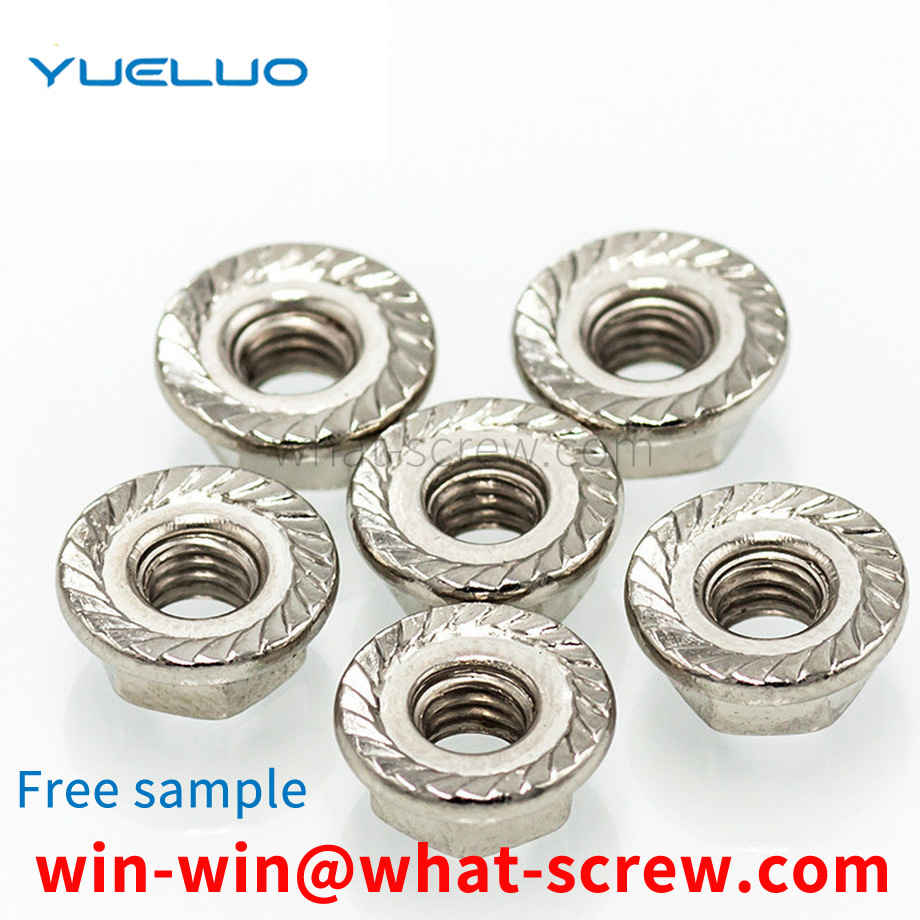
From the perspective of use: The bolted connection of the main components of the building structure is generally connected by high-strength bolts. Ordinary bolts can be reused, but high-strength bolts cannot be reused. High-strength bolts are generally used for permanent connections. The high-strength bolts are prestressed bolts. The friction type uses a torque wrench to apply the specified prestress, and the pressure type screw off the torx head. Ordinary bolts have poor shear performance and can be used in secondary structural parts. Ordinary bolts just need to be tightened. Ordinary bolts are generally 4.4, 4.8, 5.6 and 8.8. High-strength bolts are generally 8.8 and 10.9, of which 10.9 is mostly. Level 8.8 is the same level as 8.8S. The mechanical properties and calculation methods of ordinary bolts and high-strength bolts are different. The stress of high-strength bolts is firstly by applying a pre-tension force P inside, and then generating frictional resistance on the contact surface between the connected parts to bear the external load, while ordinary bolts directly bear the external load.
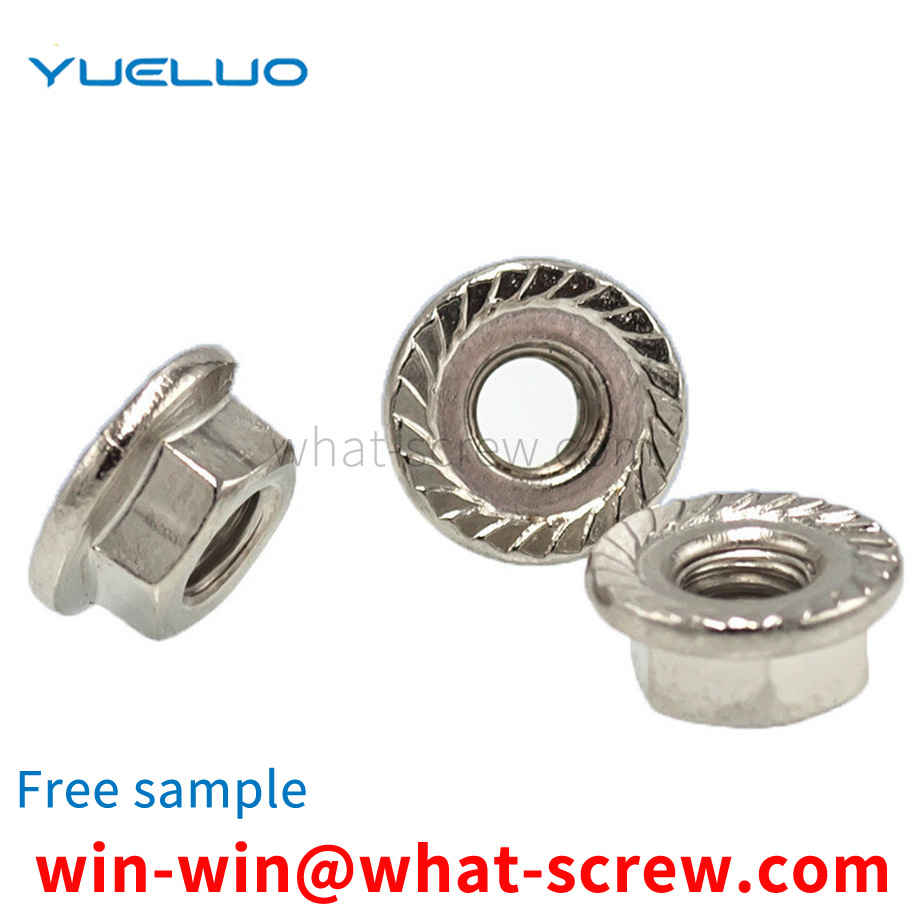
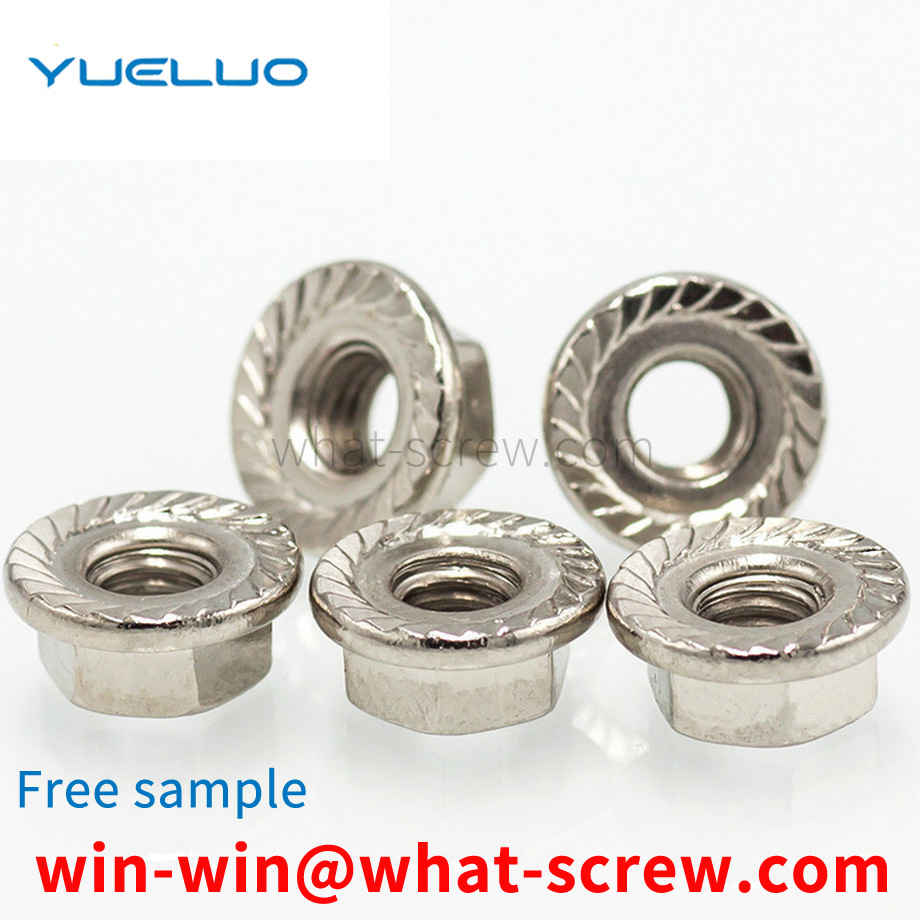
① Nominal thread outer diameter (thread specification): divided into metric system and inch system. Metric thread → common specifications are 2; 2.3; 2.5; 2.6; 2.9; 3; 3.1; 3.5; 4; 4.2; 4.5; The unit is mm (millimeters). Inch thread→ Common specifications are 2#;4#;6#;8#;10#;12#;1/4;7/32;5/16;3/8;1/2 ;9/16;3/ 4. The unit is in (inches). ② Number of teeth/pitch: Definition of number of teeth → the number of teeth lines in one inch (25.4mm) length. Pitch Definition → Distance value between two adjacent threads. Conversion of number of teeth and pitch of teeth → pitch of teeth = 1 inch/number of teeth ③Nominal length: divided into metric system and inch system. Metric Nominal Length → Common values are 5, 6, 6.5, 7, 8, 9, 9.5, 10, 11, 12, 13, 14, 15, 16, 18, 19, 20, 21, 25, 28, 30, 31 , 32, 35, 40, 42, 45, 50, 55, 60, 65, 70, 75, 80, 85, 90, 95, 100, 110, 120. The unit is mm (millimeters). Imperial Nominal Length → Common values are 1/4, 5/16, 3/8, 7/16, 1/2, 5/8, 3/4, 1, 2, 3. Units: in (inches). ④Head type: use letters to indicate the type of head type, please refer to the previous classification of commonly used screw head types. ⑤Tooth type/tail type: Use letters to indicate the type of tooth type/tail type, please refer to the previous Commonly used screw thread/tail type classification. ⑥Groove type: Please refer to the previous section Category of common screw groove types of our company. Cross-slotted or non-slotted (such as punched hexagon head screws) do not need to be marked here, and other groove types need to be described in words. ⑦Special labeling: In general, no labeling is required. When expressing its characteristics, it is described in words at this position. For example: the specification name of the screw is described as 4-0.7x70PM±tooth length 35, which means 4 is the nominal diameter of the screw thread, 0.7 is the pitch, 70 is the nominal length of the screw, and P means its The head type is a pan head, M means its tooth type/tail type is a wire thread type, ± means its groove type is ± groove and can also be expressed by plus or minus groove. Tooth length 35 is special Mark, specify the thread length value of this screw.
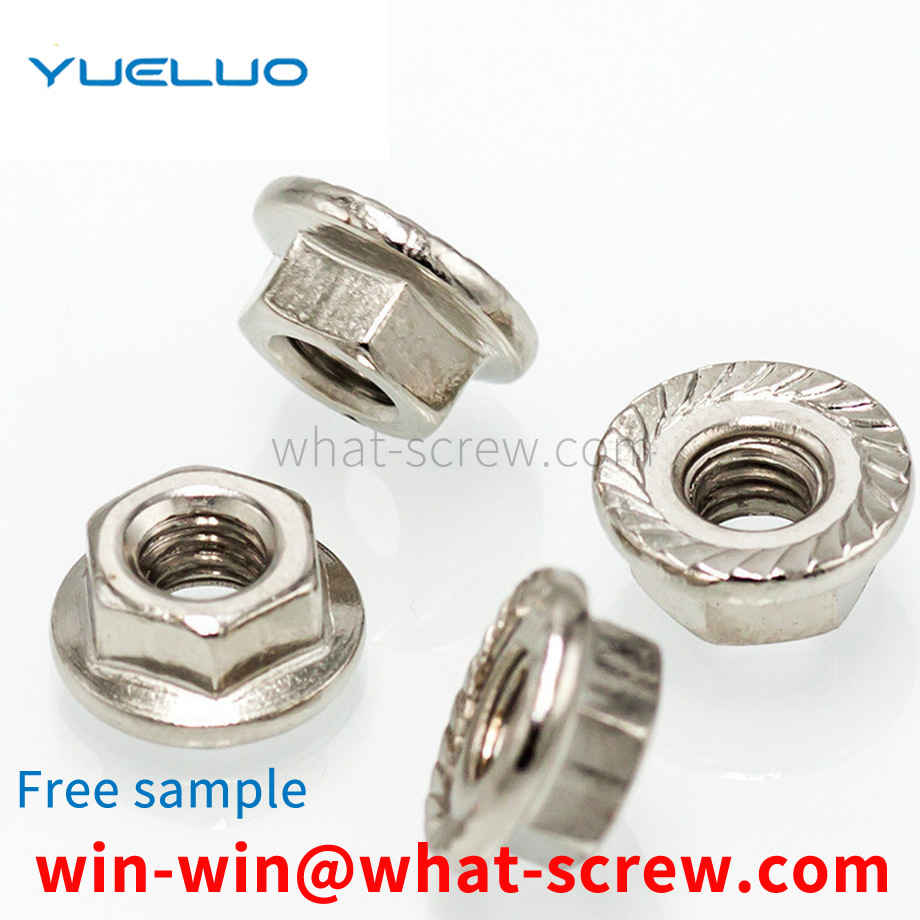
The front wall sound insulation pad is used to absorb the heat and noise transmitted by the firewall, and also plays the role of heat insulation and vibration isolation, ensuring a relatively quiet and comfortable environment in the car and improving ride comfort. As shown in FIGS. 1 and 2 , the front wall sound insulation and heat insulation pad 101 is generally fixed to the vehicle body by means of screw buckles 102 . The screws 100 are clamped by the clamping feet 103 in the screw The limiting rib 104 clamps the screw 100. After the screw 100 is clamped into the screw buckle 102, the tail end of the screw 100 is exposed, which is easy to scratch the operator when assembling other components, and the exposed screw 100 is easy to cause corrosion, thereby affecting the connection strength of the screw 100, and also The service life of the screw 110 is reduced.
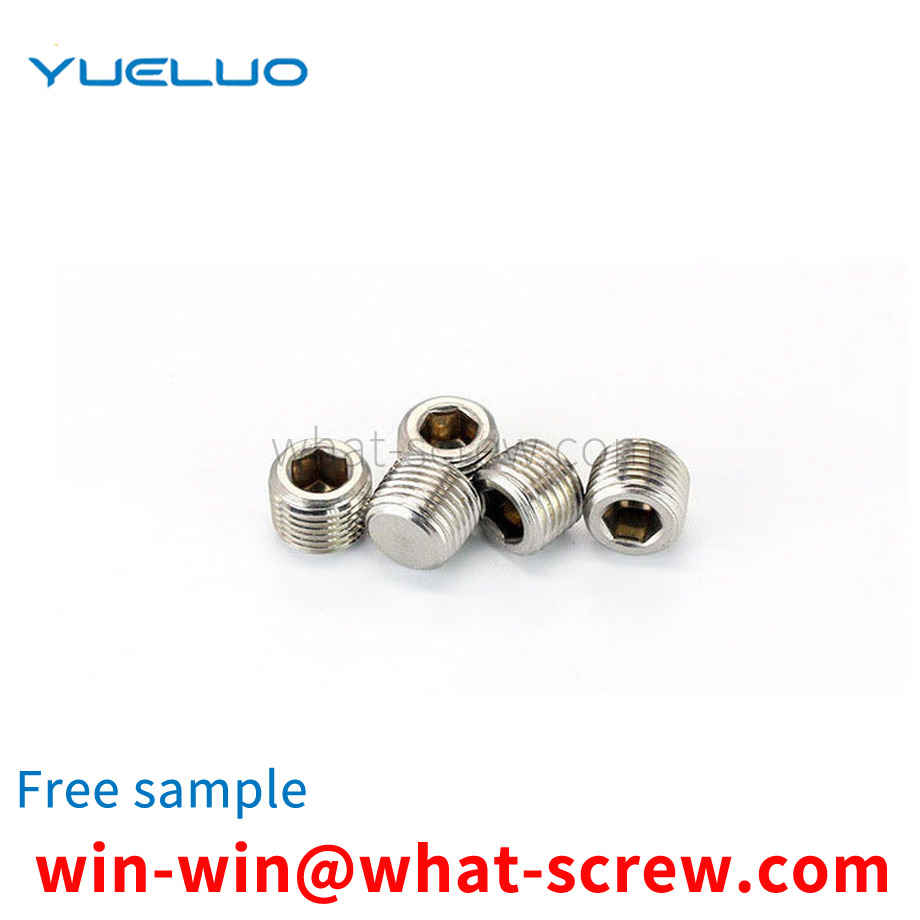
The above content is uploaded by Yueluo or the Internet. If there is any copyright issue, please contact [email protected].

What is the tolerance range of precision screws?

How to choose the right stainless steel screw manufacturer?

Why is there an R angle under the head of the hexagon head s...

We have more than ten years of experience in screw industry ...

We have more than ten years of experience in screw industry ...

We have more than ten years of experience in screw industry ...

We have more than ten years of production experience in the ...